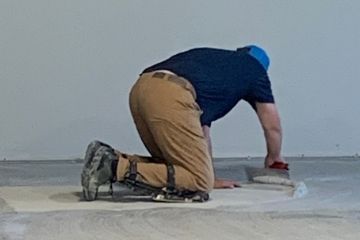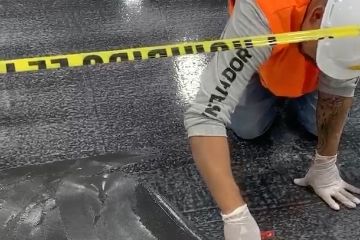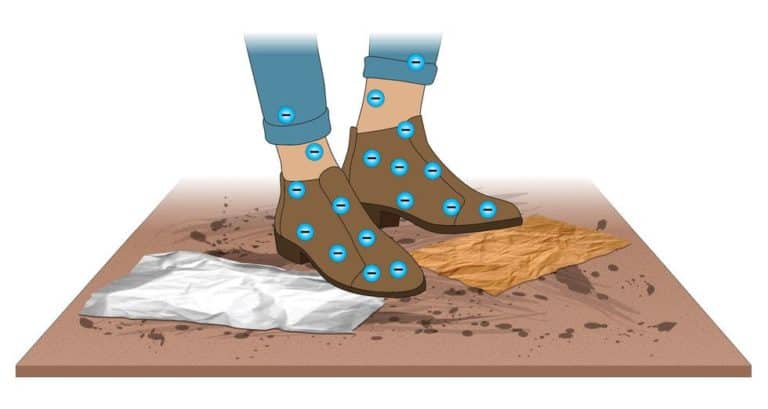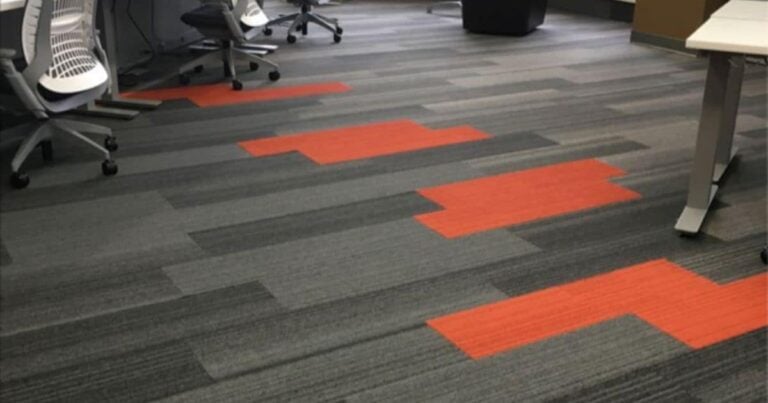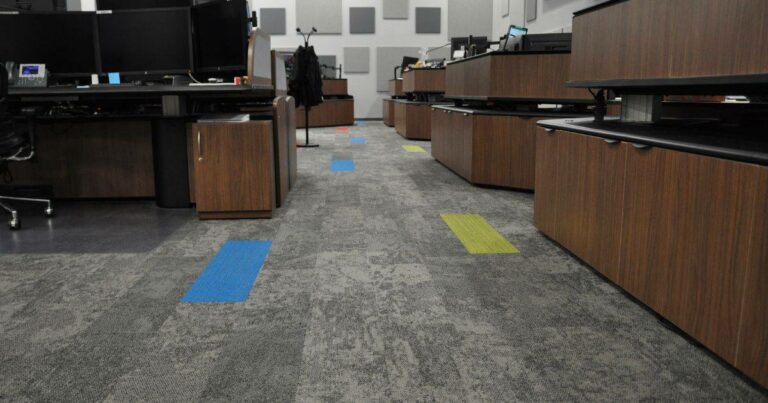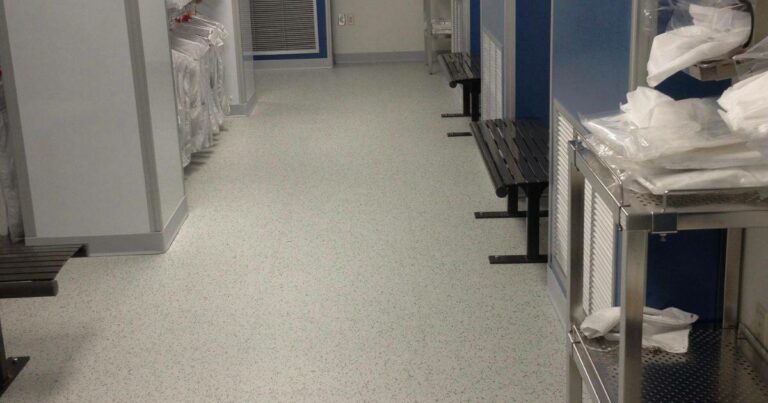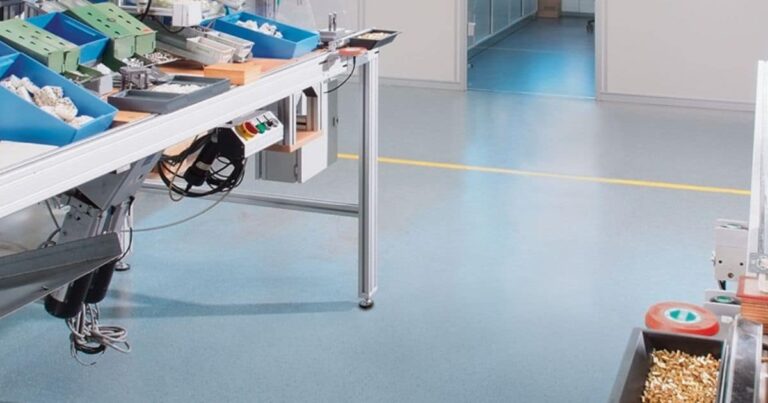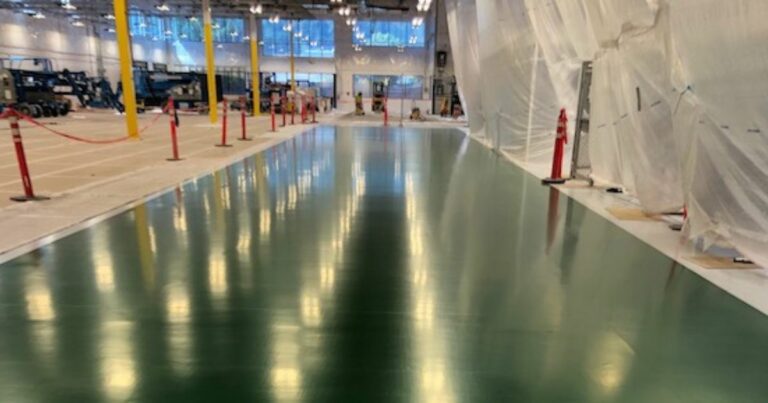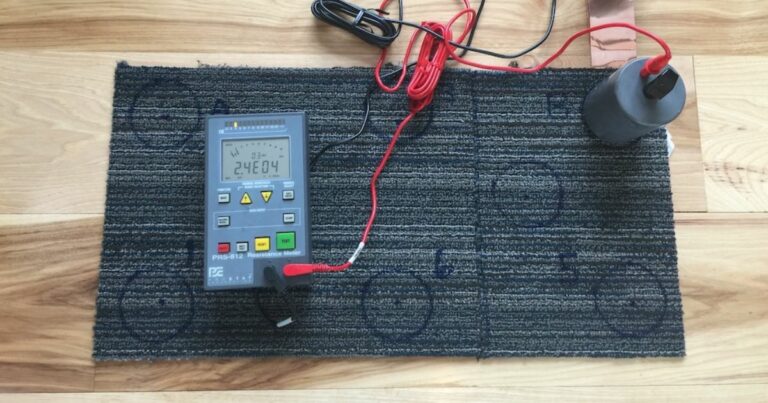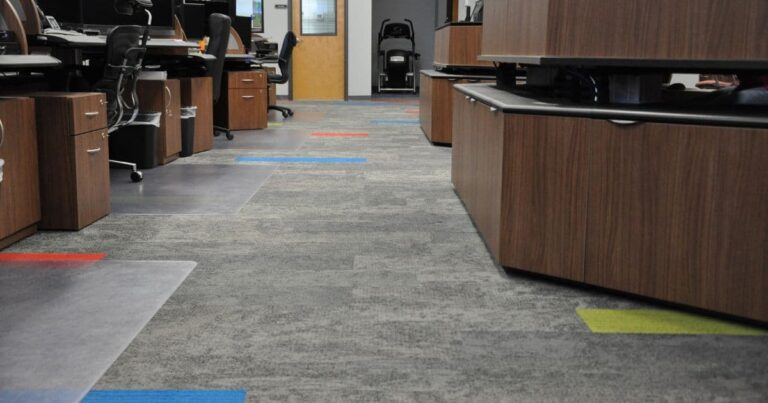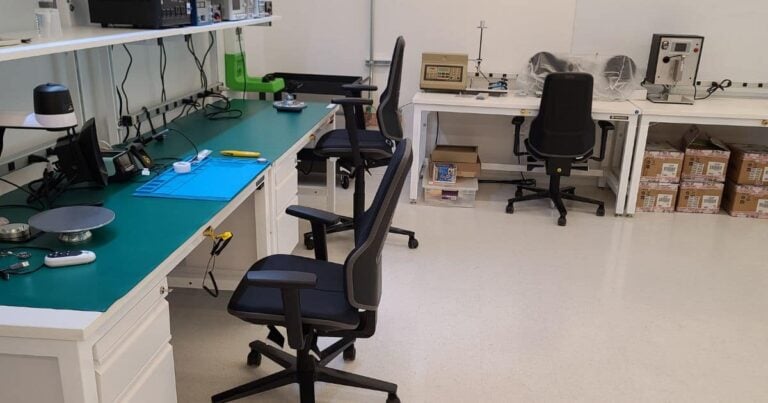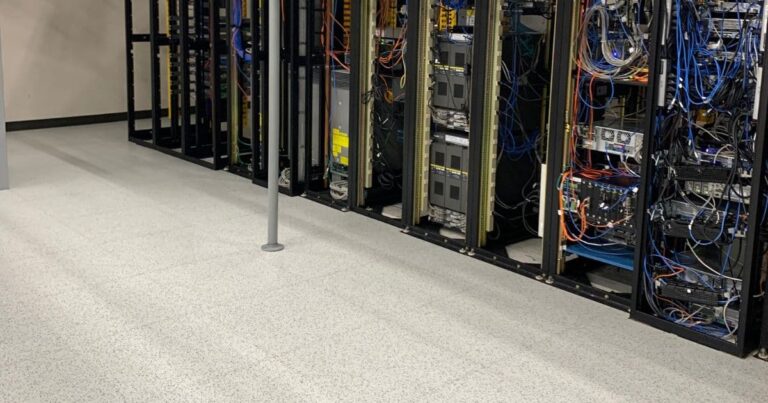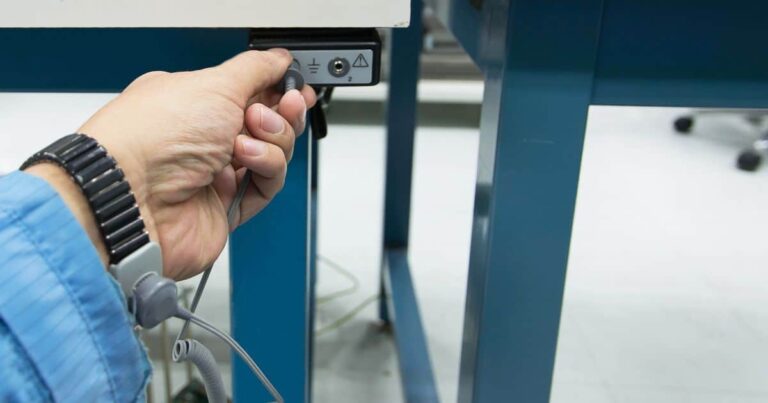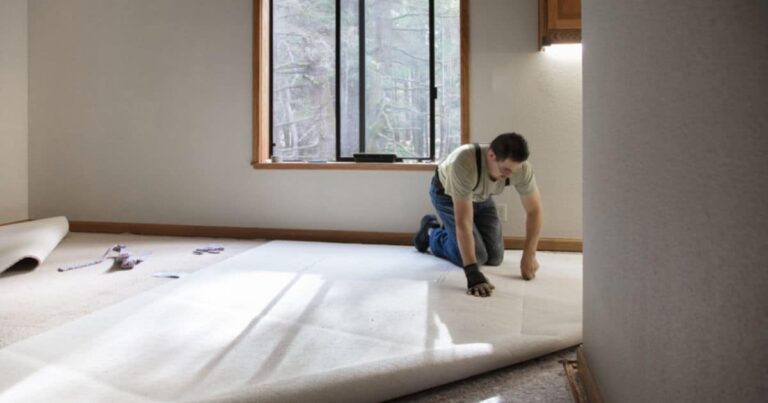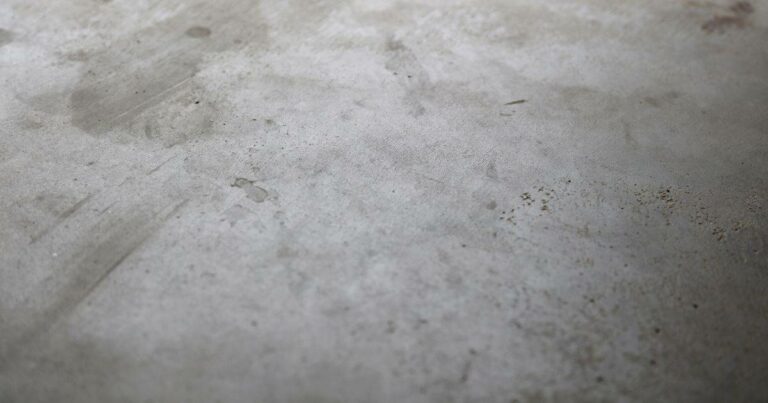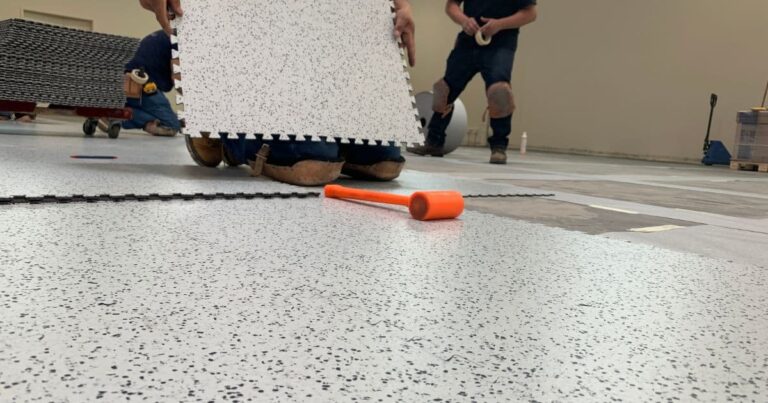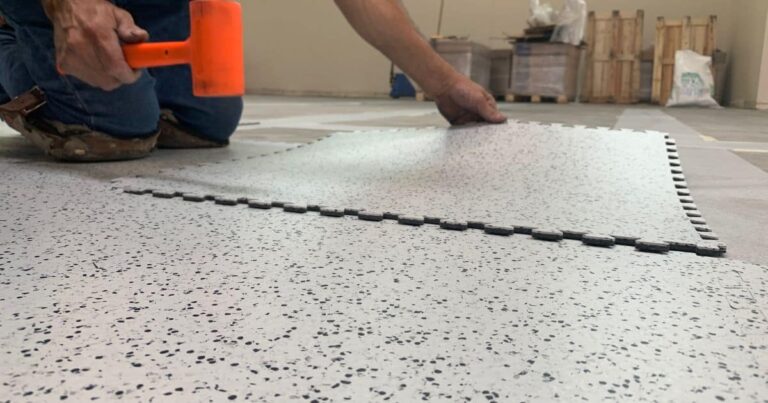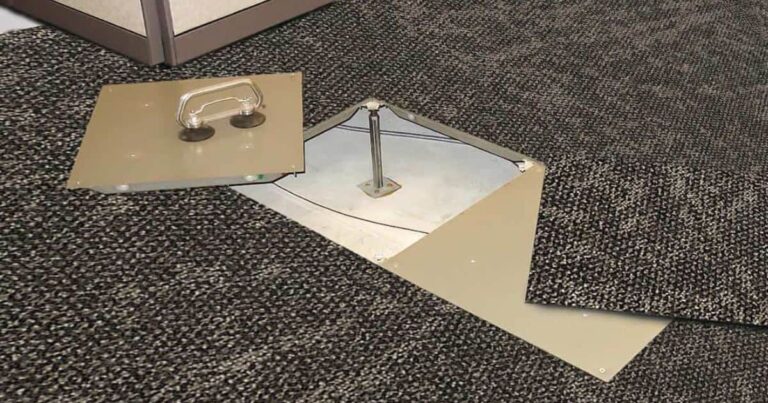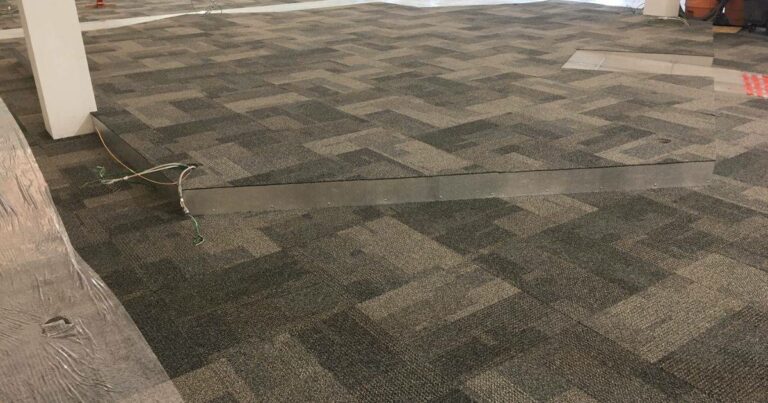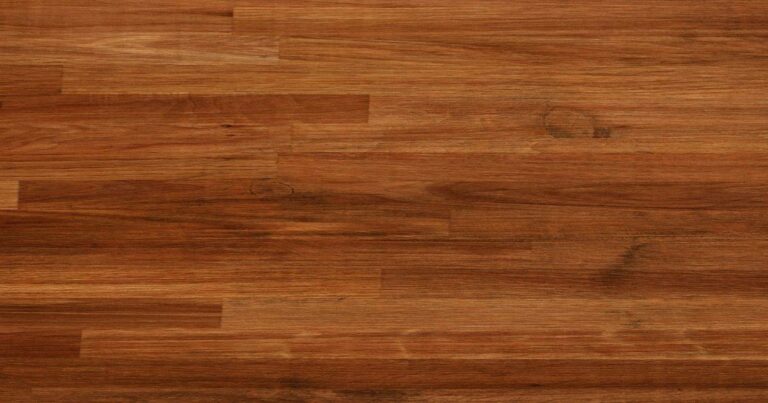FAQ: Can I install an ESD floor using regular adhesive?
No. You must use conductive adhesive. Dissipative and conductive tiles require an underlying ground plane to tie all tiles to the same electrical potential. The conductive adhesive provides physical bonding, but it is also a ground plane. Without conductive adhesive, each tile would be an island with no path to ground and no interconnectivity to the other tiles in the installation.
This electrical model can also prevent stray voltages from riding on the flooring surface. Electrical currents, including static electricity, seek the fastest pathway to ground. The pathway should be designed so that electricity flows through the flooring material or tile to a more conductive material underneath.
In the unlikely event of a short circuit, stray voltage on the surface of the floor could put personnel in harm’s way. Directing charges downward, to the adhesive, adds a level of safety to the installation.
Note: The adhesive should always be more conductive than the flooring material.
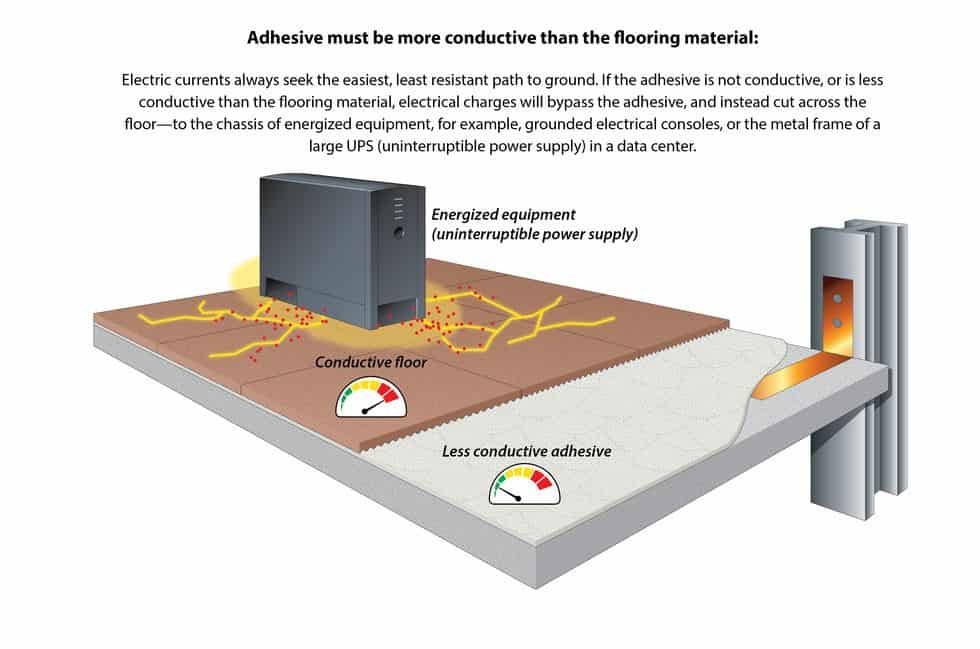
More FAQs
Learning Center Articles
- ESD Basics
- Installation & Maintenance
- Selecting & Specifying an ESD Floor
- Technical Information
- 7 Common Mistakes Selecting an ESD floor
- A Guide to ESD Flooring Selection
- Avoid Costly Failures: What You Need to Know When Specifying ESD Flooring
- Choosing ESD Flooring for:
- ESD Footwear: What Is It and When Is It Necessary?
- ESD Footwear for Electronics Manufacturing and Handling Applications
- Facility Managers’ Guide to Selecting ESD Flooring
- The Need for Due Diligence in Specifying Static-Free Flooring
- Standard of Care for Specifying Floors in Mission-Critical Spaces
- Understanding the Hidden Costs of ESD Flooring

StaticWorx high-performance static-control floors protect electronic components, explosives, and high-speed computers from damage caused by static electricity. ESD flooring is part of a system. Choices should always be based on objective, researched evidence. When you partner with us, we look at all possible items that may need to integrate with the floor, and, focusing on your goals and objectives, help you find the right floor for your application.


